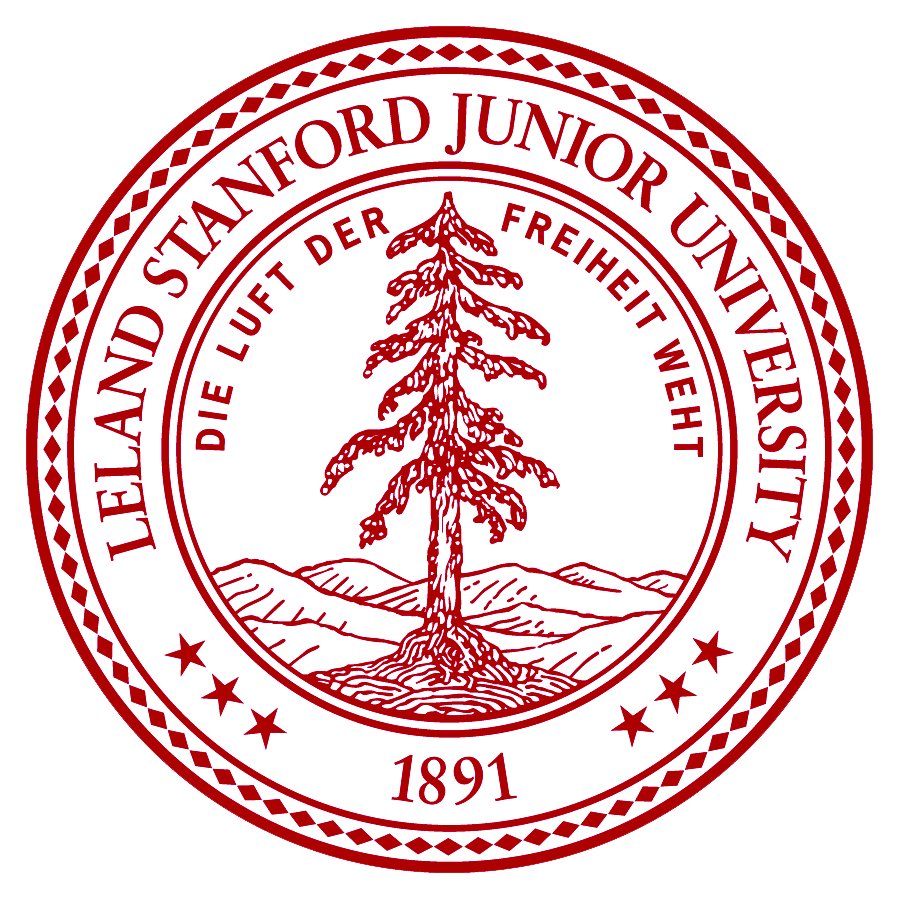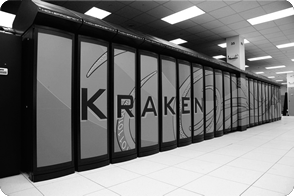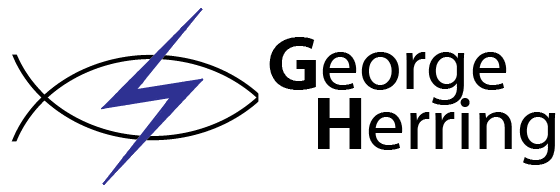Last Edited 12.14.2013

PROFESSIONAL EXPERIENCE

Stanford University-KAOS Group (June - August 2013)
The KOAS group is headed by Professor Lambertus Hesselink. While working in his lab, I worked on two projects. One of them was their project to create a partially spatially coherent x-ray light source. As part of this project I selected and designed an experiment for a amplitude-controlled spatial light modulator. This modulator could then project patterns onto a photo-electric material to produce electrons that could be accelerated into the tungsten target. The other project that I worked on in Professor Hesselinks lab was the iLabs project, Stanford News article here. More information about iLabs can be found on my project page.

Zee Aero (June - August 2012)
Zee.Aero is a new San Francisco Bay Area start-up company developing revolutionary aircraft concepts. Zee provided an amazing work experience for me while the company as a whole worked at the intersection of vehicle autonomy, advanced aerodynamics, and electric propulsion. I was designing a small energy efficient wireless sensor board for testing purposes. The commercially available options were too large or didn't take as many sensor measurements. The board communicated at 2.4 GHz using a Atmel high-speed zigbee-based protocol and included virtual Wheatstone bridges, amplifiers, filters, an accelerometer, and onboard memory. I was responsible for problem scoping, solution fabrication, PCB design, device fabrication, and embeded device programming.

National Institute for Computational Sciences (June - August 2011)
I worked for the National Institute for Computational Sciences (NICS) at Oak Ridge National Laboratory on Kraken(8th fastest worldwide as of June 2011). I was the only intern working on the project this past summer; only one student had worked on it previously. The goal was to design and create a highly modular software framework to test computer performance. The difference between our framework and normal benchmark tests was this framework needed to run user programs in order to comprehensively test the entire system. This was necessary in order to test all the computer systems and the possible interactions between those systems. Also this framework needed to be able to run on a variety of different computers since NICS and its affiliated programs use multiple Cray machines, such as Kraken and Jaguar(2nd fastest worldwide as of June 2011), along with IBM machines and Athena clusters. In addition most super computers are custom built with unique operating systems and this program needed to be easily adaptable to account for the previously mentioned variables. In summary, the framework needed to be able to run using different program compilers, operating environments, database systems, and machines. My mentor laid out the basic structure but I was responsible for the implementation. I wrote the part of the program that interfaces with the environment, compilers, repositories, and database systems and that does the actual compilation while recording the data. The program was mostly written in Python and used a PostgreSQL database.
Battelle Energy Alliance-Idaho National Laboratory (June - August 2010)
During my summer at the Idaho National Laboratory (INL) I worked in the laboratory performance department. We refined a web based interface, using HTML, SQL, and javascript, that was part of a system for reporting and managing issues at the lab. The program that I was working on received issue reports as inputs and recorded them in a data table, assigning each issue to a manager, along with other personel such as inspectors, who were responsible for resolving that issue. Data on the issues were then evaluated and trended taking into account each new issue as it was added to the system. While working for the INL I also assisted in conducting a usability study of the website for accepting applications to the National Scientific User Facility. This facility handled the study of materials that have been exposed to various types and intensities of radiation.

Idaho State University Physics Department (June 2009 - July 2009)
My first experience with research occured in 2009 when I was working for the physics department of Idaho State University. The research project involved using of accelerators to detect transuranic elements inside of shipping containers. An accelerator on the order of 10 MeV was used to create high energy gamma rays by bombarding a tungsten target with electrons. These high energy gamma rays would cause the production of delayed neutrons if they collide with a radioactive element. We could then use a spallation detector connected to a photomultiplier tube used to detect these delayed neutrons. Primarily my job was to create a base for a photomultiplier tube. A photomultiplier tube is a vacuum tube that contains a series of highly charged plates. When a photon or any other particle hits the first plate it causes a cascade of electrons, these electrons proceed to hit the next plate which scatters more electrons and so on. After hitting several of these plates, the scattered electrons hit an uncharged plate creating a voltage spike for the pin associated with that plate which can be measured. Designing the base was difficult since several of the pins demanded a high voltage while avoiding noise on the inactive pin. The signal caused from a single photon has a very small voltage. In order to do this we made our own high voltage PCB using cupric chloride and ensured that the board could handle the required 10,000 volts. I was working on a team with other high school students and together we designed the enclosure, drew up the diagrams for each part, and fabricated the whole base. I designed the circuitry that we were using which was reviewed by the overseeing professor.
